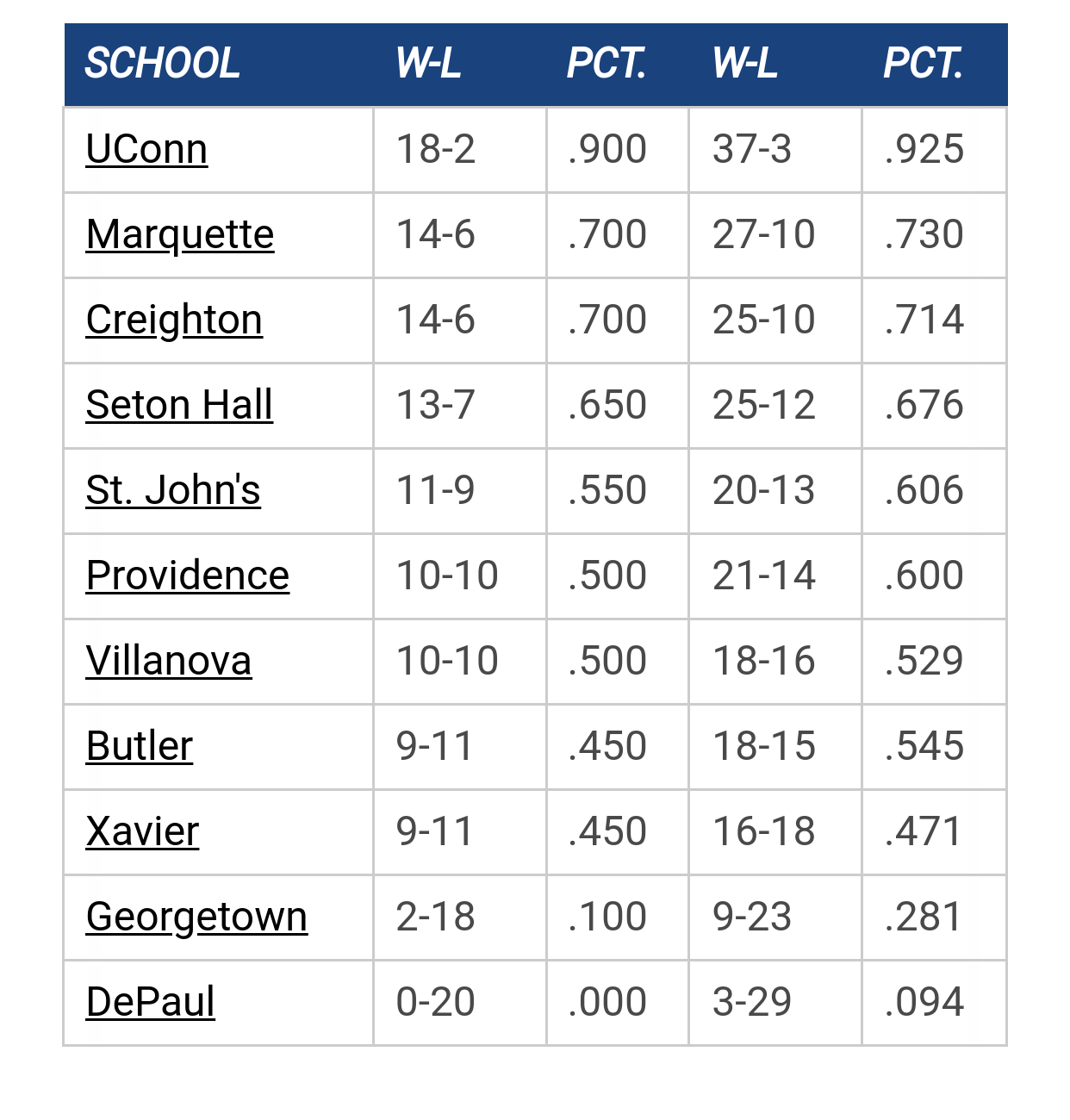|
2024 Mock Drafts by Johnny B
[Today at 11:59:05 AM] NIL Future by TallTitan34 [Today at 11:55:18 AM] MU Gear by Pepe Sylvia [Today at 11:45:12 AM] 2024 Coaching Carousel by Uncle Rico [Today at 11:43:51 AM] 2024 NCAA Tournament Thread by TAMU, Knower of Ball [Today at 11:35:19 AM] Big East 2024 Offseason by MU82 [Today at 11:11:25 AM] 2024 Transfer Portal by cheebs09 [Today at 10:52:12 AM] |
The absolute only thing required for this FREE registration is a valid e-mail address. We keep all your information confidential and will NEVER give or sell it to anyone else.
|





